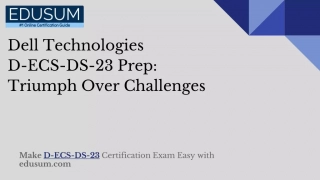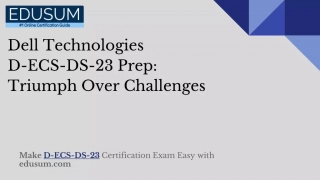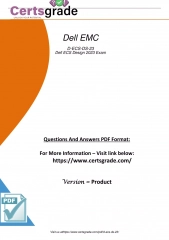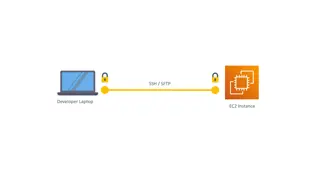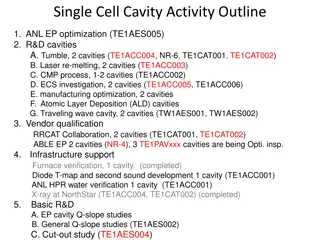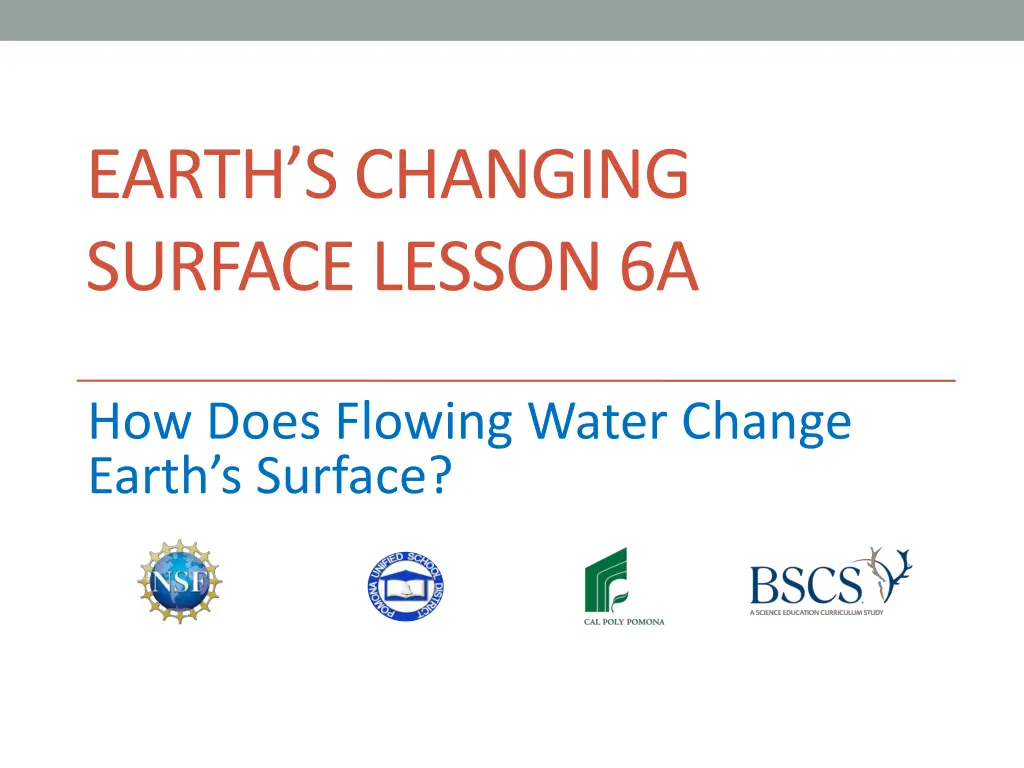
Understanding How Flowing Water Shapes Earth's Surface
Explore the impact of flowing water on Earth's surface through erosion and deposition. Discover the changes it brings and the role of erosion in preventing mountains from reaching outer space. Engage in investigations and discussions to understand these geologic processes.
Download Presentation

Please find below an Image/Link to download the presentation.
The content on the website is provided AS IS for your information and personal use only. It may not be sold, licensed, or shared on other websites without obtaining consent from the author. If you encounter any issues during the download, it is possible that the publisher has removed the file from their server.
You are allowed to download the files provided on this website for personal or commercial use, subject to the condition that they are used lawfully. All files are the property of their respective owners.
The content on the website is provided AS IS for your information and personal use only. It may not be sold, licensed, or shared on other websites without obtaining consent from the author.
E N D
Presentation Transcript
EARTHSCHANGING SURFACE LESSON 6A How Does Flowing Water Change Earth s Surface?
Review: Can Mountains Reach Outer Space? What did we learn from previous lessons about what can happen to rocks on Earth s surface? What do these ideas have to do with whether mountains can grow so tall they reach outer space? What is the name of the process that breaks down rock and keeps mountains from reaching outer space?
Todays Focus Question How does flowing water change Earth s surface? Think about this question for a moment. Then write your ideas in your science notebooks using this sentence starter: I think flowing water changes Earth s surface by _____________________.
A Stream Model Today we ll become stream scientists and investigate our focus question using this model of a stream. Photo courtesy of BSCS
Erosion and Deposition Erosion describes what happens when flowing water or wind moves weathered earth materials like sand, soil, gravel, and rocks from a higher elevation to a lower elevation. Deposition describes what happens when flowing water drops off or deposits weathered earth materials in a new location.
Define Erosion and Deposition Turn and Talk: Work with a partner to define these terms in your own words: Erosion Deposition Class discussion: Listen as your classmates share the definitions they came up with. Be ready to add to each other s ideas or suggest improvements. How can we make these definitions clearer?
Investigation: How Water Changes Earth s Surface During this investigation, your small group will look for two things: 1. Examples of erosion (when flowing water moves earth materials from a higher elevation to a lower elevation) 2. Examples of deposition (when earth materials are left or deposited in a new location)
Becoming a Stream Scientist What stream scientists do: 1. Predict what they think flowing water will do to earth materials. 2. Conduct their investigation and observe what happens to earth materials when water flows over them. 3. Record their observations.
Investigation: How Water Changes Earth s Surface What will you be looking for during this investigation? How many times does the handout tell you to stop and record your observations in your notebooks? Where will you place your erosion and deposition cards?
Your Predictions What do you predict will happen to the sand, soil, gravel, and rocks in your stream models when the water starts running? Write your ideas in your science notebooks. Sentence starter: I predict that _____________________.
Investigation: How Water Changes Earth s Surface During this investigation, Pay attention to where erosion and deposition are happening in your model. Use your erosion and deposition cards to mark these areas. Write and draw a detailed description of your observations in your science notebooks. Think like stream scientists and be as detailed and specific as possible!
Investigation: How Water Changes Earth s Surface Take a few minutes now to complete your descriptions and drawings in your notebooks. Read over what you ve written and make any final changes. Make sure you ve labeled your drawings to show where you observed erosion and deposition happening. Be detailed and specific!
Lets Summarize! Review your predictions about what might happen to the sand, soil, gravel, and rocks when the water started running. I predicted that ___________________. Were your predictions correct, or did the results surprise you?
Lets Summarize! What did you learn from today s investigation about how flowing water changes Earth s surface? Have any of your ideas about erosion and deposition changed? Sentence starter: From today s investigation of erosion and deposition, I learned that ____________.
Key Science Ideas Erosion describes what happens when flowing water or wind moves earth materials like sand, soil, gravel, and rocks from a higher elevation to a lower elevation. Deposition describes what happens when flowing water drops off or deposits weathered earth materials in a new location.
Next Time Today we used a stream model to show how erosion and deposition from flowing water can change Earth s surface. In the next lesson, we ll use the data we collected to answer questions about erosion and deposition.








